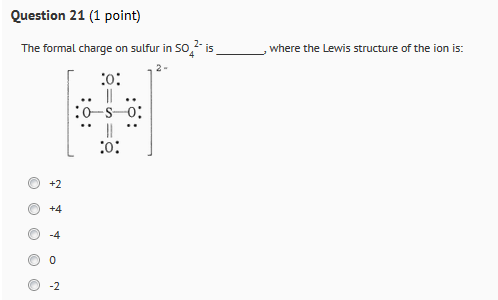
Patterning of carbon- and tin-doped indium oxide for sulfur species deposition, as an example, offers a clear demonstration of the polysulfide binding effect ( 26). In addition to carbon, a wide variety of anchoring materials (AM) have been introduced with polysulfide binding and trapping abilities ( 23– 25). For instance, nitrogen- or sulfur-doped mesoporous carbons ( 16, 17), boron-doped carbons ( 18), oxygen- or nitrogen-functionalized carbon nanotubes and graphenes ( 19, 20), amino-functionalized reduced graphene oxides ( 21), and nitrogen/sulfur-codoped graphene sponges ( 22) have shown great promise in trapping LiPSs due to the strong anchoring sites induced by heteroatom doping. Therefore, the introduction of heteroatoms into carbonaceous materials (such as nitrogen, oxygen, boron, phosphorous, sulfur, or codoping) for the generation of polar functional groups was adopted to enhance the interaction and immobilization of LiPS species in the electrode ( 15). ( 11) that the weak interaction between nonpolar carbon-based materials and polar LiPSs/Li 2S species leads to weak confinement and easy detachment of LiPSs from the carbon surface, with further diffusion into the electrolyte causing capacity decay and poor rate performance. However, it was first recognized by Zheng et al. For example, the integration of nanostructured carbon materials with sulfur is one of the primary strategies for improving the electrical conductivity of the composites and suppression of polysulfide shuttling through physical confinement ( 8– 14).

Tremendous efforts have been taken to circumvent these concerns, with the nanostructuring of electrodes as one of the most effective approaches to overcoming the issues facing high-capacity electrode materials ( 2, 7). In addition, the easy dissolution of lithium polysulfides (LiPSs) into the electrolyte causes LiPSs shuttling between cathode and anode and uncontrollable deposition of sulfide species on the lithium metal anode, inducing fast capacity fading and low coulombic efficiency ( 2, 6). For example, the insulating nature of sulfur and discharge products Li 2S/Li 2S 2 leads to low active material utilization. However, the practical application of Li−S batteries is still plagued with numerous challenges. In addition, sulfur, as a byproduct of the petroleum refining process, is naturally abundant, inexpensive, and environmentally friendly ( 5). Among alternative battery chemistries, lithium−sulfur (Li−S) batteries have attracted remarkable attention due to their high theoretical energy density of 2,600 watt hours per kilogram, 5 times higher than those of state-of-the-art LIBs ( 2– 4). The ever-increasing demand for energy storage devices with high energy density, low material cost, and long cycle life has driven the development of new battery systems beyond the currently dominant lithium ion batteries (LIBs) ( 1). Fundamental understanding of this reaction process is a crucial step toward rational design and screening of materials to achieve high reversible capacity and long cycle life in Li−S batteries. We demonstrate that the Li 2S decomposition energy barrier is associated with the binding between isolated Li ions and the sulfur in sulfides this is the main reason that sulfide materials can induce lower overpotential compared with commonly used carbon materials.

#SULFIDE CHARGE SERIES#
Combining theoretical calculations and experimental design, we select a series of metal sulfides as a model system to identify the key parameters in determining the energy barrier for Li 2S oxidation and polysulfide adsorption. Here we discover that some of those materials can play an important role as an activation catalyst to facilitate oxidation of the discharge product, Li 2S, back to the charge product, sulfur. Polysulfide binding and trapping to prevent dissolution into the electrolyte by a variety of materials has been well studied in Li−S batteries.


 0 kommentar(er)
0 kommentar(er)
